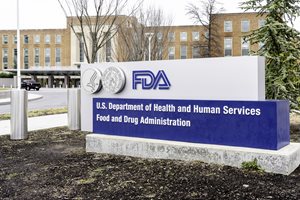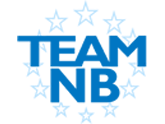The US Food and Drug Administration (FDA) has published a draft guidance for low-level light therapy (LLLT) devices, or photobiomodulation (PBM) devices, which are typically used for aesthetic or dermatologic uses, such as to treat cold sores. While some light-emitting products pose low risks to users and fall under the agency’s general wellness devices policy, others can pose a high enough risk to users for the agency to consider them regulated medical devices.
FDA published a guidance on submitting 510(k) applications for photobiomodulation (PBM) devices, also known as LLLTs. The products deliver non-heating doses of light energy to patients, often for aesthetic and dermatological procedures. Similar to other light therapy products, PBM devices use coherent light sources, also known as lasers; non-coherent light sources, such as light-emitting diodes (LED); or a combination of the two types of light sources. However, unlike other types of products, they typically don’t come with the same level of risk…











